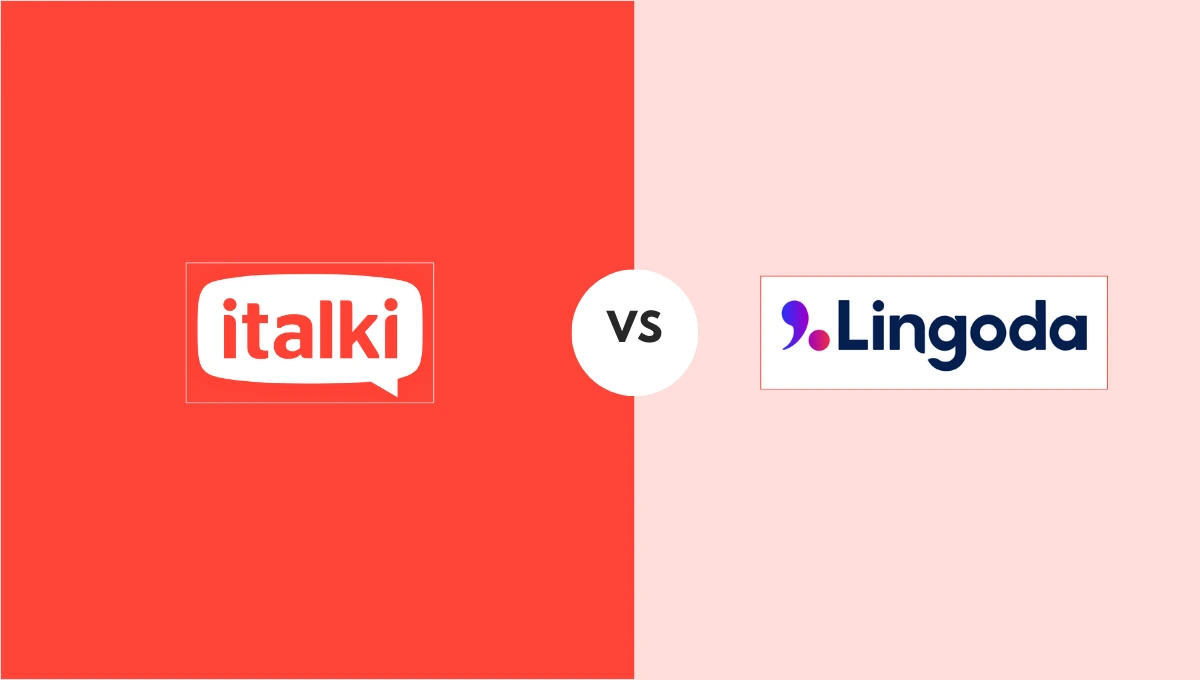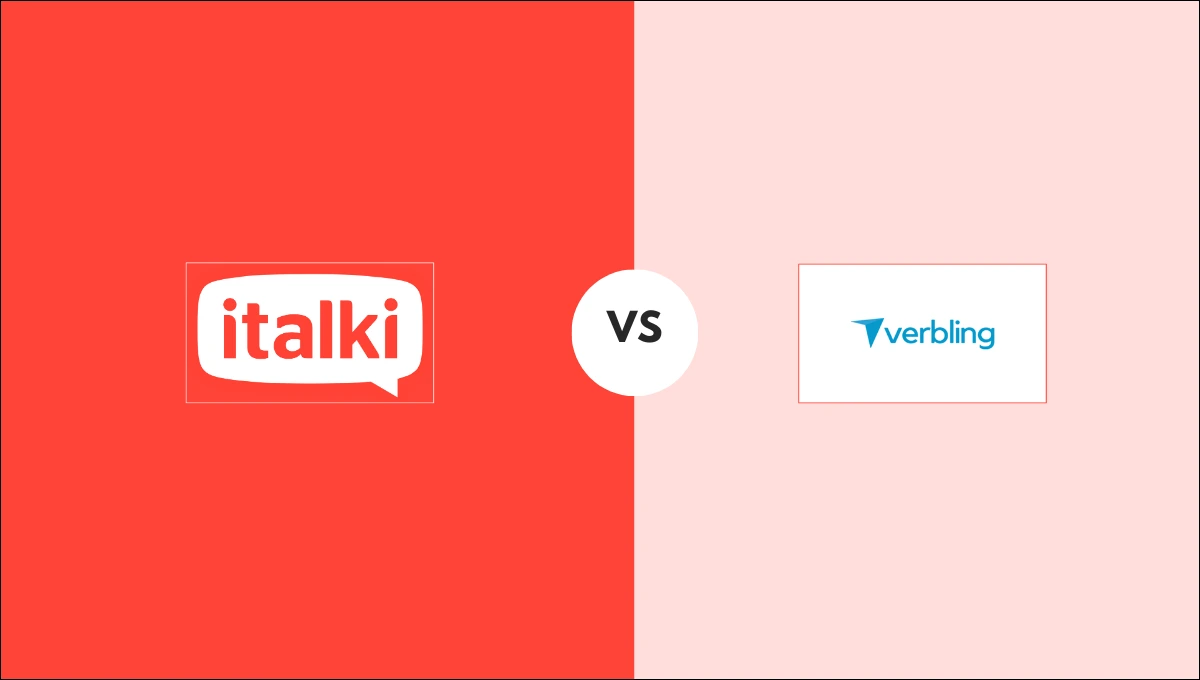Hindi is spoken by millions of people around the world. This is an Indo-Aryan language, with approximately 615 million speakers. According to Ethnologue, most Hindi-speaking people live in India, but there are also significant Hindi-speaking communities in Bangladesh, Bhutan, and Uganda. Around 342 million people worldwide speak Hindi as their mother tongue, and an estimated 274 million people use Hindi as a second language in countries such as India and Nepal. Due to its large number of speakers, Hindi is considered the third most spoken language in the world, behind English and Chinese, but before Spanish.
Hindi is written with a script called devanagari, which is also used to write related languages, such as Marathi, Nepali, and the ancient Sanskrit language. Learning to read Hindi will take time, but there are many resources available to help beginners meet this challenge.
Let’s see some steps you will need to take to learn to read Hindi properly and effectively.
Step1: Familiarize yourself with the Hindi alphabet
Print out a copy of the Hindi alphabet and stick it on the wall in a prominent place in your home. Look at your alphabet chart regularly throughout the day and try to recognize the differences between the various letters. Note that there is no distinction between uppercase and lowercase letters in Hindi, so you only need to learn one form for each letter.
Step 2: Study Hindi vowels
Hindi vowels have two forms, dependent and independent. Use independent forms when vowels are to be pronounced in an isolated context, detached from any consonant. Dependent forms are always attached to a consonant. Listen to audio tracks of Hindi vowels both by repeating them aloud, while looking at the corresponding character in the alphabet table. This will help you associate the sound and shape of the vowels in your mind.

Find Your Perfect Teacher
At italki, you can find your Hindi tutor from all qualified and experienced teachers. Now experience the excellent language learning journey!
Book a trial lesson
Step 3: Learn how to use Hindi consonants
There are five types of consonants that are grouped based on where they are pronounced in the mouth. There are some specific sounds of Hindi consonants that are very difficult for native English speakers to pronounce. If you are only going to read Hindi rather than speak, don’t spend too much time trying to master these sounds.
Step 4: Practice writing Hindi letters on a piece of paper
The physical action of doing this will help you memorize the shape of the characters. Speak the letters aloud as you write them. Try to set a time each day to study Hindi letters, preferably at some time when your brain is most active. Begin each study session by reviewing the letters you practiced the day before to reinforce them in your mind.
Step 5: Look for easy-to-read Hindi texts
Start by reading basic sentences. Hindi is a phonetic language, so even if you don’t understand the words, now that you have mastered the alphabet you will be able to read aloud with reasonable accuracy. As you become more confident in your abilities, try reading more complex texts, such as Hindi news websites. The more practice you get, the faster your ability to read Hindi fluently will develop.
For example, to get a feel for Hindi literature, you can try reading works by the likes of Munshi Premchand; Krishna Sobti; or Bhisham Sahni.

Find Your Perfect Teacher
At italki, you can find your Hindi tutor from all qualified and experienced teachers. Now experience the excellent language learning journey!
Book a trial lesson
Step 6: Write to improve your reading comprehension
Writing training will improve your reading comprehension. Write lots of sentences. The basic word order is Subject, Object, Verb. Adjectives precede the noun they modify. Nouns have genders, numbers and cases.
Step 7: Use Movies with subtitles
Using movies with subtitles is a big resource when you are trying to learn a new language. In the case of Hindi, you can enjoy the whole Bollywood scene. Bollywood, as the Hindi film industry is commonly known, is a great resource for anyone wanting to learn Hindi. As part of the Indian film industry, which is the largest in the world and surpasses even Hollywood, Bollywood films generally account for about 40% of the net Indian box office revenue.
Watching movies can be a great way to learn about a country’s culture, and it can also help you learn languages – even turning on English subtitles and listening to the movie in Hindi will help improve your listening skills and you can pick up some new words and phrases along the way! With so many Bollywood movies to choose from, you’ll have plenty of options when it comes to finding a movie you love!
You can also set the audio to English and subtitles in Hindi to practice your listening and reading skills.
Hindi is a phonetic language
Like English, Hindi is a phonetic language. This means that Hindi words are pronounced as they are spelled. So it’s just a case of learning how each letter sounds and learning the Hindi alphabet in general, and then you can say almost any word you come across.
This can be a real advantage when learning a language, as it makes it easier to learn new words and develop your vocabulary.

Find Your Perfect Teacher
At italki, you can find your Hindi tutor from all qualified and experienced teachers. Now experience the excellent language learning journey!
Book a trial lesson
Hindi is worth learning!
Knowing Hindi can help you learn languages like Sanskrit, Bengali, or Persian languages. Although these languages are not necessarily as similar to Hindi as Urdu, similarities can still be found, either in the written language or in the spoken language, so you can have a real advantage in learning these languages when you already have Hindi in your linguistic repertoire.
Summarizing
Hindi is a language that’s worth learning, it opens you to a new rich culture. The best part is, you can learn Hindi online by yourself at your own pace, with the help of qualified Hindi tutors. Book a trial class and see what this can do for you, no strings attached.
















